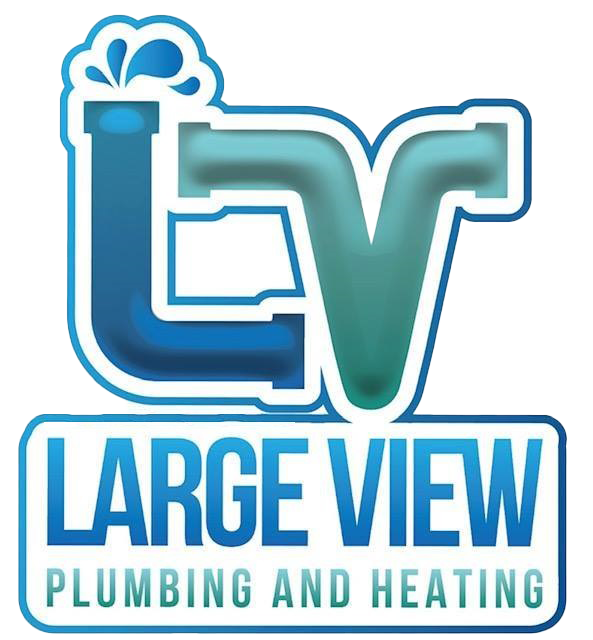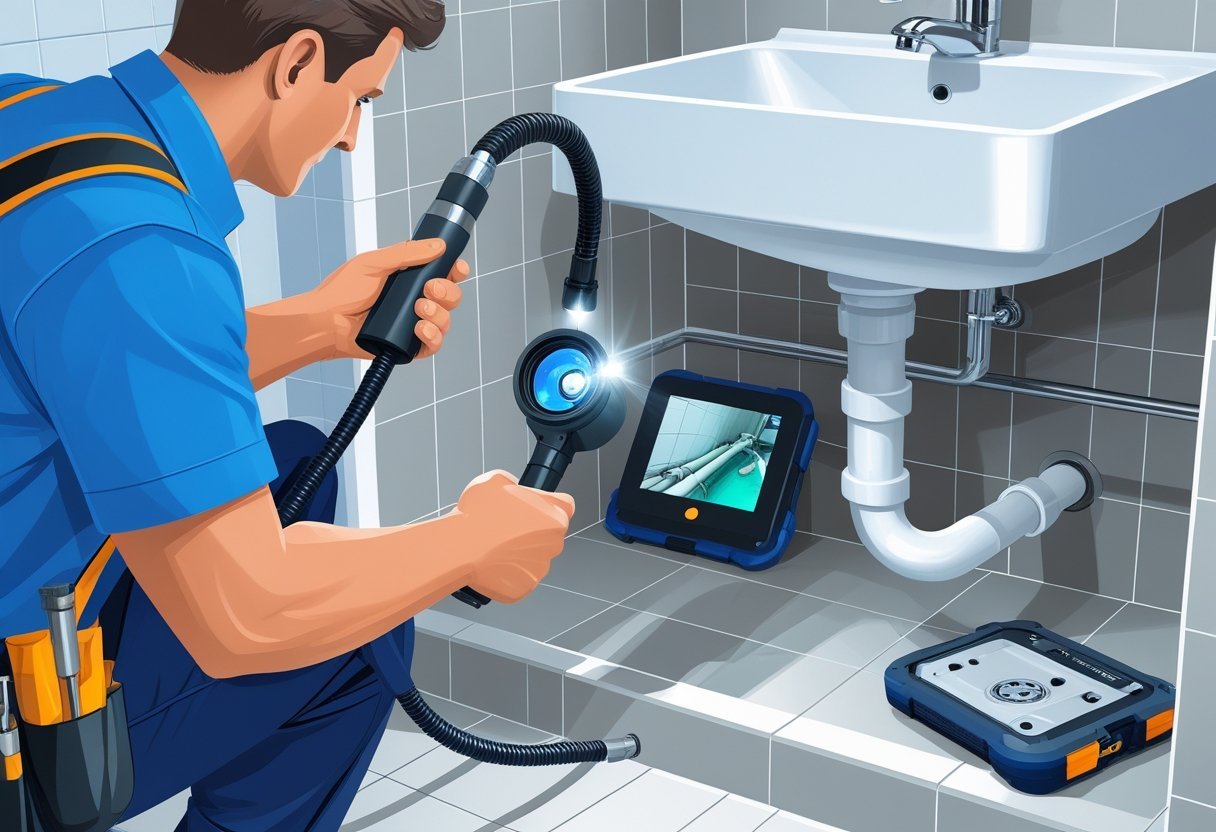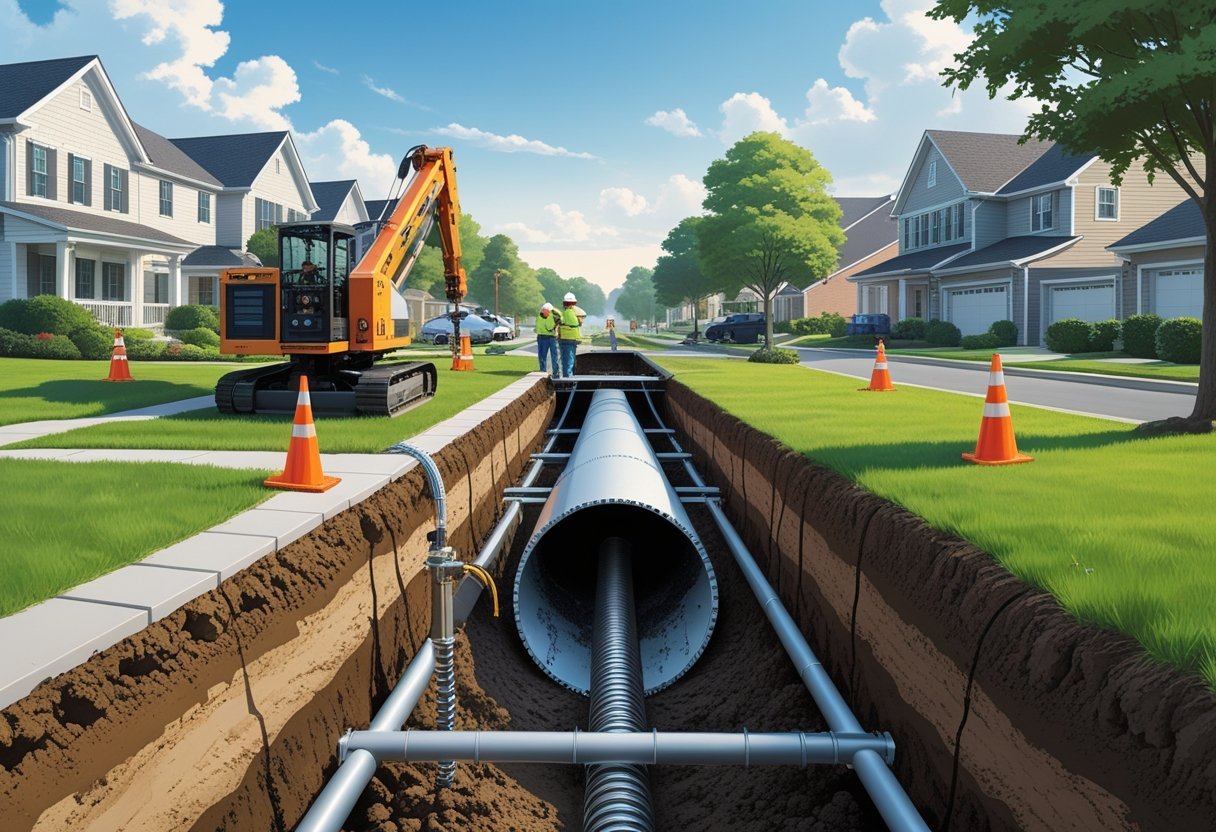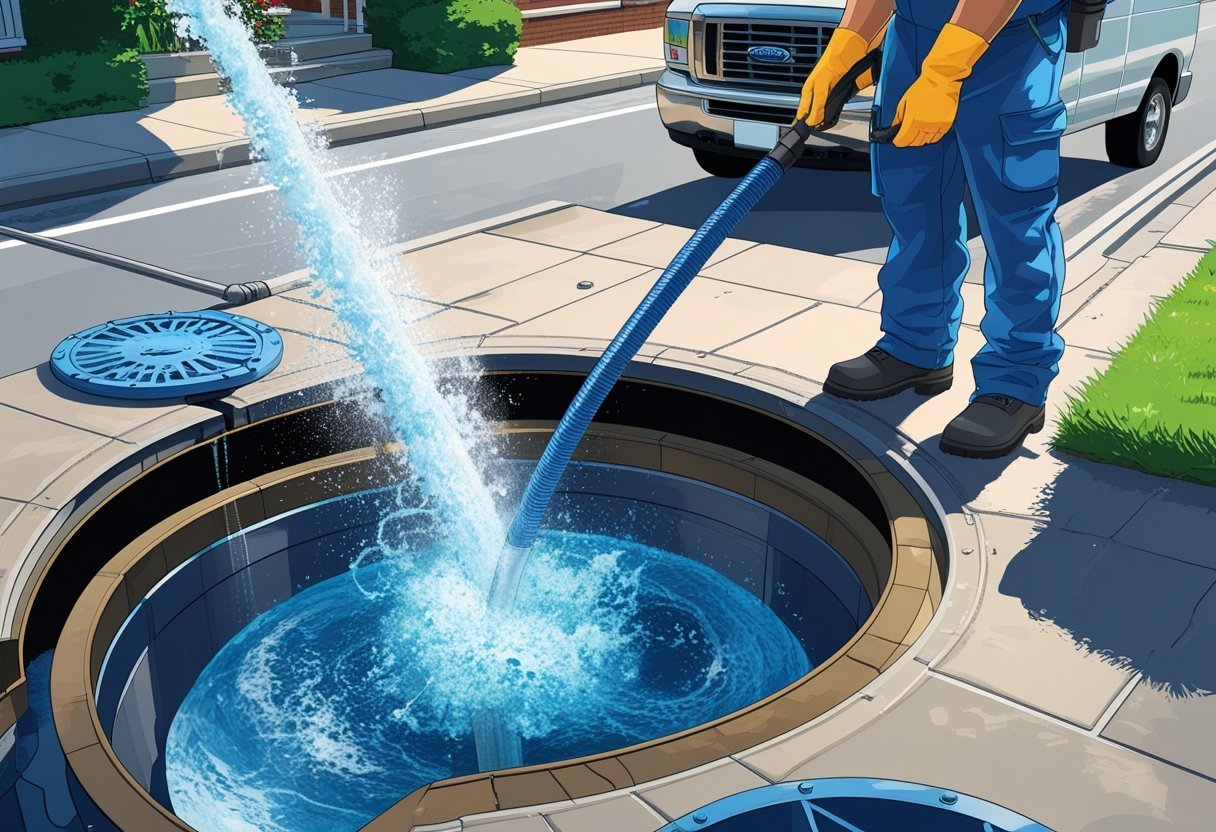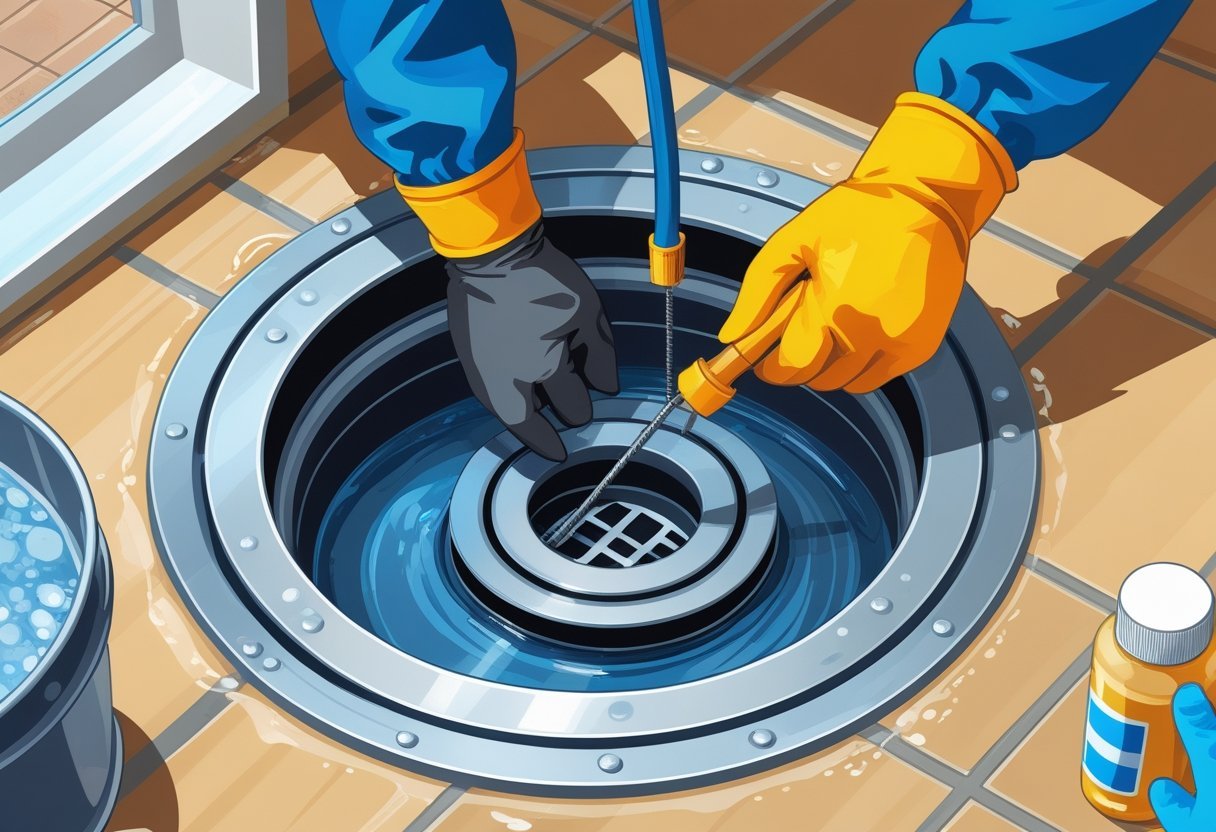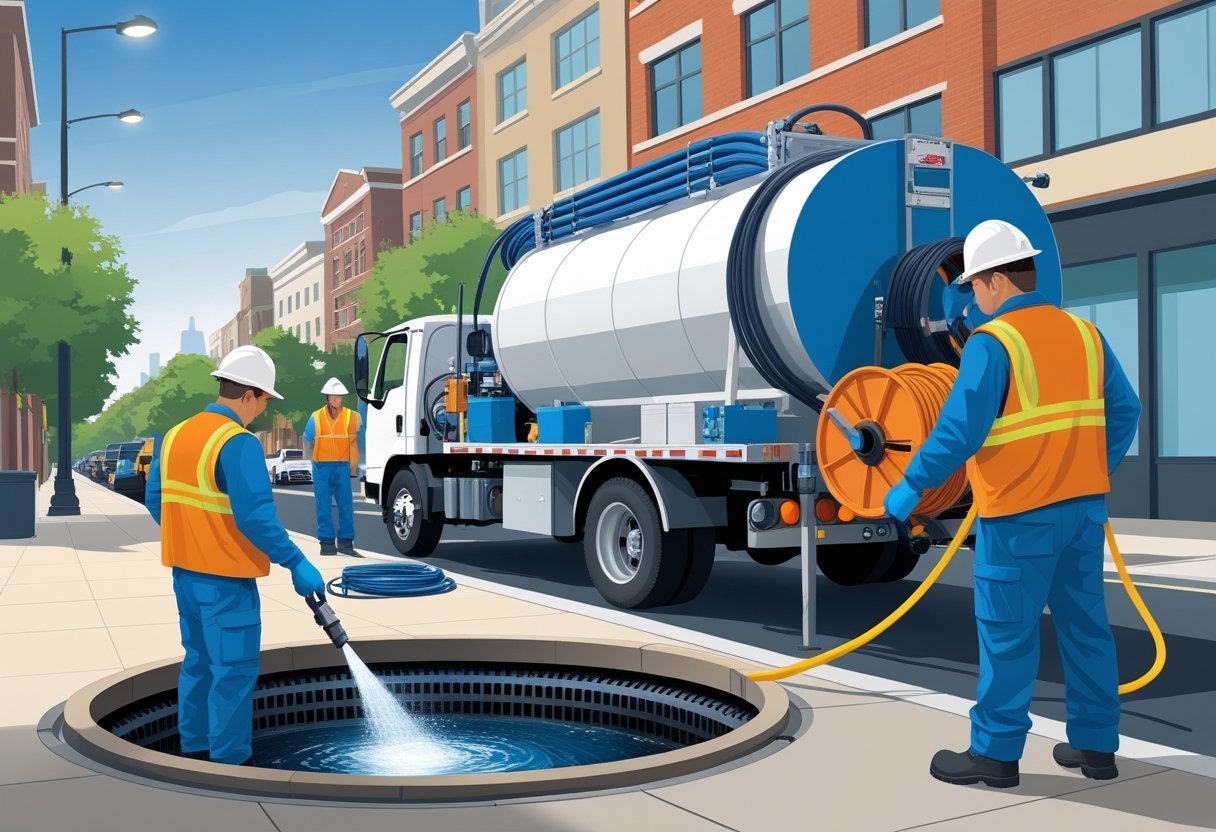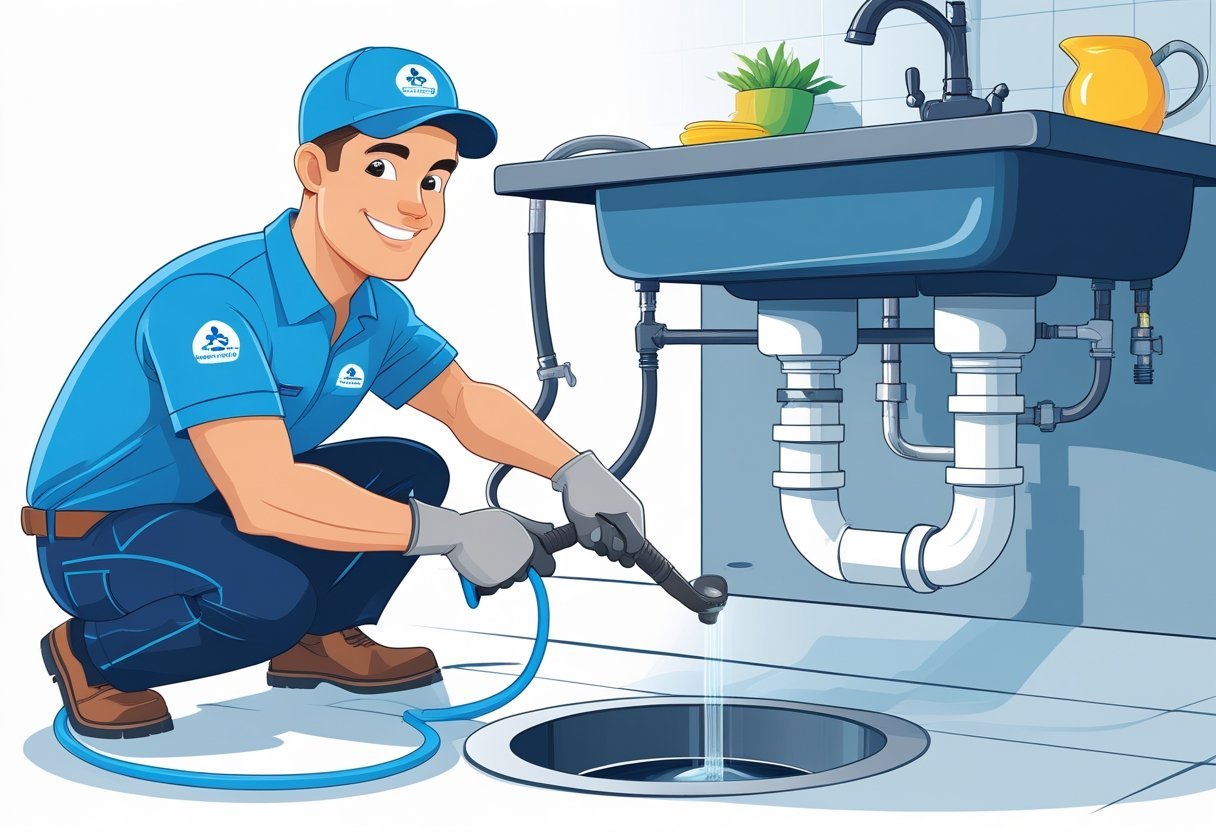When dealing with underground drainage pipe issues, knowing the right repair methods can save you time, money, and disruption to your property. The most effective solutions today often rely on trenchless technologies, such as pipe bursting, pipe lining, and sleeving, which minimize digging and restore pipes efficiently. These methods are designed to fix damaged pipes without the need for extensive excavation, preserving your landscaping and reducing repair costs.
Choosing the right repair method depends on the type and extent of pipe damage. For example, pipe bursting replaces old lines entirely, while pipe lining creates a new pipe within the old one, both offering long-lasting results. Companies like Large View Plumbing & Heating bring over a decade of experience and modern solutions to ensure your underground drainage repairs are done correctly and with minimal hassle.
By understanding these options, you can make informed decisions about your drainage system’s maintenance or emergency repairs. Whether you face slow drainage, leaks, or corrosion, the right approach can restore your plumbing without unnecessary disruption. Large View Plumbing & Heating is available for expert advice and service tailored to your needs in the North Shore, Massachusetts area.
Understanding Underground Drainage Pipe Problems
Underground drainage pipes are vulnerable to various issues that can disrupt your plumbing system’s function. Recognizing the causes, warning signs, and potential risks helps you address problems promptly and avoid costly repairs or health hazards.
Causes of Underground Drainage Pipe Damage
Several factors can damage your underground drainage pipes over time. Tree root invasion is a common cause, where roots penetrate small cracks to access moisture, causing blockages and pipe fractures. Soil movement or settling can shift or crack pipes, especially in areas with unstable ground.
Corrosion, including rust on metal pipes, weakens pipe walls leading to leaks or breaks. Physical damage from heavy machinery or traffic above ground can also harm pipes. Age-related wear and tear degrade pipe material, increasing susceptibility to cracks and blockages.
Preventing these issues often requires regular inspections and modern repair techniques like trenchless pipe rehabilitation offered by companies such as Large View Plumbing & Heating, who specialize in minimizing disruption during repairs.
Common Signs of Pipe Failure
You may notice specific signs indicating your underground drainage pipes need immediate attention. Persistent foul odors near your drains or yard suggest leaks or sewage escapes. Slow drainage or frequent backups inside your home indicate blockages deep underground.
Visible surface issues like sinkholes or soggy spots in your yard can point to pipe collapses or leaks underground. Unexplained wet patches or unusual grass growth patterns often reveal water escaping from damaged pipes. Sewage backups not only cause inconvenience but also create health risks requiring quick response.
If you observe any of these symptoms, contacting professionals like Large View Plumbing & Heating ensures thorough diagnosis with tools such as CCTV drain surveys for precise detection.
Potential Risks and Consequences
Ignoring underground pipe problems increases the risk of severe property damage and health hazards. Leaking sewage can contaminate soil and groundwater, leading to environmental pollution and spreading diseases. Structural damage may result from prolonged water exposure underground, threatening foundations and nearby infrastructure.
A broken or blocked drainage pipe can create sinkholes, damaging landscaping and posing safety risks. Sewage backups inside your home can cause costly repairs and require professional cleaning to prevent mold and bacteria growth.
Timely repair is critical. Modern methods like trenchless pipe repair reduce costs and restore function quickly, helping protect your property and health. Trusting experienced experts with a customer-focused approach, like those at Large View Plumbing & Heating, helps keep your drainage system reliable and safe.
Inspection and Detection Techniques
Identifying issues in underground drainage pipes involves both observable signs and specialized tools. Recognizing these indicators early can help you avoid costly sewage backups and maintain system efficiency. Modern inspection methods offer precise diagnostics without the need for extensive excavation.
Visual and Physical Indicators
You can often spot plumbing problems through visible signs around your property. Look for wet spots, unusual odors, or slow draining fixtures, which may indicate leaks or blockages in underground drainage pipes. Murky water or sewage backups inside your home are urgent signals that require immediate attention.
Physical signs like soil settling or small depressions near lines also hint at leaks. During inspections, plumbers check manholes, cleanouts, and accessible pipe sections for corrosion or damage. Large View Plumbing & Heating’s experienced team utilizes these indicators to decide if further investigation or repair is necessary before recommending solutions.
Advanced Inspection Technologies
When visual checks aren’t enough, technology steps in to pinpoint exactly where problems lie. Closed-circuit television (CCTV) cameras are frequently used to navigate pipes and capture images of cracks, corrosion, or blockages without digging. This method gives you a clear view of your system’s condition.
Other tools include ground penetrating radar (GPR) and acoustic leak detectors, which identify leaks by detecting sound or changes in soil density. Pressure testing gauges the system’s integrity by monitoring for pressure drops that signal leaks. These techniques allow plumbers to provide accurate diagnoses and plan effective repairs. Large View Plumbing & Heating uses such modern methods to reduce disruption and improve repair outcomes.
For more details on inspection methods, see Exploring Different Methods of Underground Pipe Inspection.
Traditional Pipe Repair and Replacement Methods
When underground drainage pipes develop issues, addressing them with traditional repair methods often means excavation and direct access to the damaged sections. These approaches rely on established techniques such as digging trenches or accessing precise points for repair or replacement. Materials like PVC pipe and rubber couplings frequently play a role in reconnecting or replacing sections.
Manual Excavation and Spot Repair
Manual excavation involves digging a trench or access holes along your pipe’s length to expose damaged areas. This method allows for targeted repairs, such as replacing a broken segment or fixing a leak with rubber couplings to reconnect pipes securely. While effective, it can be labor-intensive and disruptive to landscaping or paved surfaces.
Spot repair typically focuses on repairing limited pipe sections without replacing the entire system. It demands identifying the exact problem location, which sometimes requires camera inspection before excavation. Manual excavation and spot repair often result in longer project timelines due to the digging, repair, and restoration sequence involved.
Removal and Replacement Techniques
When damage is widespread or a pipe has deteriorated extensively, full removal and replacement become necessary. This process usually means excavating along the length of the pipe to extract the old pipe and install new sections, commonly using durable materials like PVC pipe for longevity and resistance to corrosion.
Replacing entire segments involves careful alignment, welding, or coupling, often with rubber couplings that provide flexibility and tight seals between old and new pipes. This traditional method is reliable but can be costly and time-consuming due to the need for excavation, removal, new pipe installation, and surface restoration.
Large View Plumbing & Heating has experience executing these methods with precision, ensuring your drainage system functions properly while minimizing disruption to your property.
Trenchless Pipe Repair Technologies
Trenchless pipe repair offers modern ways to fix underground drainage without digging large trenches or disrupting your property’s surface. These technologies focus on repairing or replacing damaged pipes using innovative methods that reduce excavation time, cost, and environmental impact.
Overview of Trenchless Methods
Trenchless pipe repair includes techniques such as cured-in-place pipe (CIPP) lining, pipe bursting, sliplining, and pipe reaming. CIPP lining involves inserting a resin-saturated liner into the existing pipe, which hardens to form a new pipe inside the old one. Pipe bursting breaks the old pipe apart while pulling a new pipe into place. Sliplining inserts a smaller diameter pipe into the existing one. These methods allow for quick rehabilitation of pipes suffering from leaks, corrosion, cracks, or blockages.
You can choose the best method based on pipe condition, location, and access constraints. Large View Plumbing & Heating uses advanced trenchless technologies tailored to North Shore’s urban and residential plumbing needs, ensuring minimal surface disruption and fast project completion.
Advantages of Trenchless Solutions
Trenchless repair minimizes surface disturbance, preserving landscaping, driveways, and sidewalks. This leads to faster restoration of your property after work is complete. It also reduces labor and excavation costs compared to traditional methods.
The technology shortens project timelines significantly, helping you avoid prolonged downtime and inconvenience. Because trenchless methods use durable materials and minimally invasive techniques, they often extend pipe lifespan and improve flow efficiency. Additionally, these solutions are eco-friendly by limiting soil displacement and waste.
For your plumbing or drainage needs in North Shore, Large View Plumbing & Heating offers trenchless pipe rehabilitation with a focus on reliability and quality, ensuring your underground infrastructure is repaired efficiently and with care.
Modern Pipe Rehabilitation Methods
You can repair underground drainage pipes without major digging or surface disruption by using advanced trenchless solutions. These methods focus on restoring pipe function, extending lifespan, and minimizing inconvenience. Below are modern techniques that effectively address common pipe damage issues with precision and reliability.
Pipe Relining and Lining Solutions
Pipe relining involves inserting a new lining inside the existing damaged pipe to create a strong, jointless inner layer. The process typically uses flexible liners saturated with resin that harden once cured, sealing cracks and leaks. This method minimizes excavation and is well-suited for repairing cracks, corrosion, or minor deformation.
Relining offers several benefits:
- Restores structural integrity without full pipe replacement
- Reduces environmental impact and surface disruptions
- Speeds up repair time compared to traditional digging
Large View Plumbing & Heating uses pipe lining to provide efficient repairs, ensuring your drainage system maintains optimal flow and durability. These solutions can be applied to various pipe sizes and shapes, adapting well to complex underground networks.
Cured-In-Place Pipe (CIPP)
CIPP is a leading trenchless pipe rehabilitation technology that permanently repairs damaged pipes from within. It involves inserting a resin-impregnated liner into the damaged pipe section. The liner is then cured with heat or ultraviolet light, forming a rigid, impermeable pipe inside the original one.
Key advantages of CIPP include:
- Ability to fix cracks, leaks, displaced joints, and pipe corrosion
- Suitability for pipes ranging from 150mm to over 1000mm in diameter
- Minimal excavation and reduced service disruptions
This method is widely regarded for its durability and reliability. Large View Plumbing & Heating applies CIPP to extend the life of drainage systems, preserving infrastructure without the costs and mess of digging.
Pipe Bursting Techniques
Pipe bursting replaces old, damaged pipes by fracturing the existing pipe and pulling a new pipe into its place simultaneously. This method is ideal for severely damaged or collapsed pipes that cannot be relined. A bursting head breaks the old pipe while a new pipe, usually HDPE or PVC, is pulled through the same trenchless pathway.
Pipe bursting benefits include:
- Complete pipe replacement without extensive trenching
- Capacity to upgrade pipe size during replacement
- Reduced surface damage and quick restoration of service
You can rely on pipe bursting when your pipes are beyond repair but excavation is too disruptive or costly. Large View Plumbing & Heating offers this as a practical option when relining and lining are insufficient for restoring pipe integrity.
Preventive Measures and Maintenance
Taking proactive steps significantly reduces the chance of costly underground drainage pipe problems. Consistent inspection and addressing environmental factors help maintain pipe integrity and proper flow.
Routine Inspection Schedules
Regular inspections are essential to detect early signs of damage such as cracks, joint separations, or blockages. You should schedule inspections at least once a year, or more frequently if your property has older pipes or is in an area prone to shifting soil.
Use cameras or other diagnostic tools to examine the interior condition of pipes. This helps identify rust buildup, sediment accumulation, or beginning failures before they worsen. Regular cleaning, especially in storm drains, prevents debris from causing backups.
Large View Plumbing & Heating recommends keeping a detailed log of inspections and any repairs. This helps track pipe health over time and prioritize maintenance tasks effectively.
Mitigating Tree Root and Corrosion Risks
Tree roots commonly invade underground pipes searching for moisture, causing blockages or breaks. To reduce this risk, avoid planting large trees near drainage lines. Root barriers can also be installed to protect vulnerable pipe sections.
Corrosion, especially in metal pipes, weakens structural integrity. You can slow corrosion by choosing corrosion-resistant materials during repairs or new installations. Avoid using chemical drain cleaners that may accelerate pipe rusting.
Routine pipe relining is another preventive solution. It restores pipe walls without excavation, sealing cracks that roots or rust might exploit. Working with experienced professionals like Large View Plumbing & Heating ensures these steps are tailored to your drainage system’s specific needs.
Frequently Asked Questions
Understanding underground drainage pipe repairs involves knowing the common methods used, how repairs are performed, and what can affect costs and coverage. Early detection of pipe damage is vital to prevent extensive issues and costly damage.
What are the common trenchless methods used for repairing underground drainage pipes?
Trenchless methods include pipe bursting, pipe relining, and cured-in-place pipe (CIPP). Pipe bursting replaces the old pipe by fracturing it while pulling in a new line. Pipe relining coats the existing pipe interior with resin, creating a new pipe without excavation.
These techniques minimize digging and reduce damage to landscaping and property. You can learn more about trenchless sewer line repair techniques from resources like Henco Plumbing.
How does pipe relining work, and when is it considered an appropriate repair technique?
Pipe relining involves inserting a resin-saturated liner inside the damaged pipe, which hardens to form a seamless, corrosion-resistant new pipe within the old one. This method is suitable for pipes with cracks, leaks, or minor collapses when excavation is impractical.
It’s often preferred for long excavations or when maintaining the surrounding soil is critical. Experts from Large View Plumbing & Heating apply this modern trenchless technology to ensure durable repairs.
What factors influence the cost of underground pipe repair?
Costs depend on pipe location, severity of damage, pipe material, and repair method chosen. Repairs requiring excavation are generally more expensive than trenchless options. Accessibility and pipe length also significantly affect pricing.
Other considerations include labor, permits, and potential restoration of landscaping or concrete. Large View Plumbing & Heating can provide detailed cost assessments tailored to your specific situation.
Can broken drainage pipes beneath a house be covered by homeowner’s insurance?
Coverage varies significantly by policy and cause of damage. Standard homeowner’s insurance often excludes damage from gradual wear, corrosion, or neglect but covers sudden accidental damage or external disruptions.
You should review your policy carefully or consult with your insurer about specific scenarios such as leaks causing water damage.
What are the indicators that an underground pool pipe requires repair?
Signs include low pool water levels, persistent wet spots near the pool, or unusual water bills indicating leaks. You may also notice reduced water pressure or poor pool circulation.
Ignoring these symptoms can worsen water loss and structural damage. Prompt inspection and repair can save you from costlier future problems.
How can one detect a broken water pipe underneath a house, and what immediate steps should be taken?
Look for unexplained wet spots, soggy floors, reduced water pressure, or the sound of running water when all fixtures are off. Moisture odors or mold growth can also signal underground leaks.
If you suspect a broken pipe, shut off your main water supply and contact a licensed plumber immediately to prevent further damage and health risks. Large View Plumbing & Heating offers expert diagnostics and repair services to address these issues efficiently.
